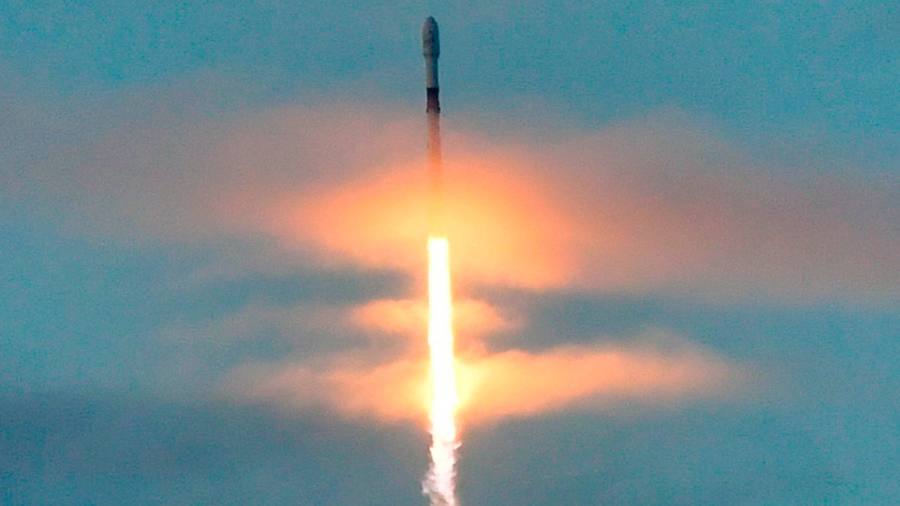
Back in 1998, US vice-president Al Gore used a satellite phone to call Alexander Graham Bell’s great grandson, announcing that at last the world had truly global telephone coverage. Where cell towers could not be built on Earth, satellites would move in, leaving no region of the world unconnected — as long as people had handsets.
Less than a year later and the company behind the service, Iridium, went into Chapter 11 bankruptcy.
The expected market had never materialised, and those subscribers who did sign up found themselves with a phone that didn’t work well indoors, in cars or under dense foliage. Worse, they had to pay $3,000 just for the handset.
Twenty-four years later, with an estimated 450mn people still living in areas without mobile broadband coverage, the industry is ready to try again. This time, they promise not just voice, but text and data services as well, direct from satellite to smartphone.
On Monday, Starlink executive Jonathan Hofeller, said the company would start testing satellite to cellular services with T-Mobile this year. Apple has partnered with satellite company Globalstar to provide free SOS messaging on the iPhone 14; ViaSat hopes to enter this market after its takeover of Inmarsat; and Iridium is partnering with semiconductor giant Qualcomm to allow not just Android smartphones to connect directly to its satellites, but laptops, tablets and even cars.
Finally, there is the group of new entrants planning to build multibillion-dollar satellite constellations to deliver voice, text and data direct to smartphones through partnerships with mobile operators — companies such as Lynk and AST SpaceMobile.
The rush to cover the world’s communications black spots has fed some spicy forecasts for the so-called “direct to device” market. Lynk estimates it could be as big as $400bn, including those people in covered areas but who want guarantees for when they roam, and those who live without coverage. NSR, the space industry consultancy, describes this as “the largest opportunity in Satcom’s history”.
But too few people are asking the most important question. What has really changed to justify such enthusiasm since Iridium tried and failed? The answer may be not a lot.
Matt Desch, chief executive of a revived Iridium, knows the script by heart. “We went through the 1990s where a lot of investors got hyped, and then got burned, as did consumers who were led to believe this would operate in their basements,” he told me recently. “Connecting smartphones by satellite is an opportunity. But I believe the near-term opportunity is a $1bn market not a $250bn market.”
What does a satellite to smartphone service look like? Not like the terrestrial one, and that could be a limiting factor, says Tim Farrar, founder of satellite consultancy TMF Associates, and author of a forensic study of the potential for “direct to device” satellite communications.
He says the need to communicate with satellites hundreds of kilometres above the earth, instead of with a base station at the end of the street, means most of the services will struggle to operate indoors, data transfer speeds will be slower and performance will vary depending on the orientation of the phone. Just like the old Iridium phone, handsets will still need a clear line of sight to the satellite.
Then, there are still substantial hurdles to overcome, such as the scarcity of spectrum on which to transmit, and uncertain regulation. For example, German regulators have reportedly told AST it will have to shut off its signal when it risks interfering terrestrial networks in German. In effect, says Farrar, that bars AST from much of Europe.
Finally there is the question of what consumers will pay for this type of service, or indeed how many will actually use it.
Anton Monk of ViaSat says the market will only scale “massively” once the bandwidth and number of devices supported by the technology improves “by an order of magnitude”. “Then you can change the game in terms of cost.” But even then, this will still be an “out of coverage market,” he adds.
These challenges will take time to resolve. That means the coming years could be trying for those without spectrum or existing constellations. Iridium had to learn its lesson the hard way first time round. Without a dose of realism about the potential market, investors may have to learn the hard way too.
peggy.hollinger@ft.com